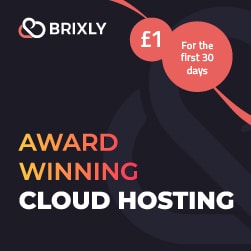Page Speed Optimization: What It Is and Why It Matters
Page speed optimization is all about making your website load faster and perform better. Imagine clicking on a link to a website and then having to wait several seconds—or even longer—before anything shows up on your screen. That wait feels frustrating, doesn’t it? Well, that’s exactly what page speed optimization helps to avoid. It’s the process of improving how quickly a web page loads and becomes usable for visitors. In other words, it’s about trimming the digital fat so your website can deliver its content as quickly and smoothly as possible.
In today’s fast-paced world, people expect websites to load in the blink of an eye. Studies show that if a page takes more than just a few seconds to load, visitors start losing interest and may leave the site altogether. This is especially true for mobile users who might be browsing on slower networks. So, if your website is slow, you’re not just annoying your visitors—you could actually be losing potential customers or clients before they even get a chance to see what you offer.
Page speed optimization involves many different techniques and tools. For example, one common method is compressing images so they take up less space without losing quality. Large image files are one of the biggest reasons websites load slowly. Another technique is minifying code, which means cleaning up HTML, CSS, and JavaScript files by removing unnecessary characters and spaces. It’s a bit like proofreading and tightening your writing to make it more efficient.
Another important part of speeding up a website is browser caching. This means saving parts of the website in a visitor’s browser so that when they come back again, the site loads much faster because it doesn’t need to start from scratch. Hosting also plays a big role—choosing a fast and reliable web hosting provider can make a noticeable difference in how quickly your pages load. Think of it like the difference between taking a slow local bus or a high-speed train.
There are also tools like Content Delivery Networks (CDNs), which store copies of your website on servers around the world. So when someone visits your site, the data can be delivered from the closest server, reducing the travel time and speeding up the loading process. It’s like having a local branch of your website everywhere your users are.
But page speed optimization isn’t just about user experience—it’s also important for search engines like Google. Google uses page speed as one of its ranking factors, which means that a faster website is more likely to appear higher up in search results. That’s crucial for businesses and blogs that want to attract more visitors. A faster website leads to more visibility, more traffic, and more opportunities to convert visitors into customers or followers.
Even better, a well-optimized website can also lower your bounce rate. The bounce rate is the percentage of visitors who leave your site after only viewing one page. When your site loads quickly, visitors are more likely to stay, explore, and interact with your content. This creates a better overall impression and increases the chances of engagement, sales, sign-ups, or whatever goal your website is meant to achieve.
In summary, page speed optimization is an essential part of building a professional, user-friendly, and successful website. It’s not just about making your website faster—it’s about creating a smoother, more enjoyable experience for your visitors, improving your chances with search engines, and supporting the growth of your online presence. Whether you run a personal blog, an online store, or a business website, optimizing your page speed can make a big difference in how people experience and respond to your site.


0 Comments